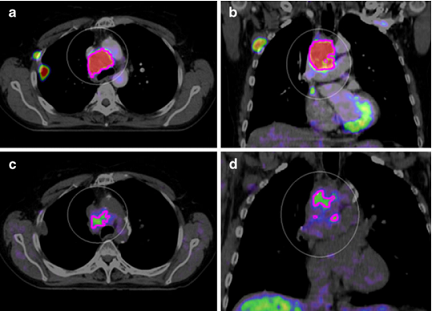| Title | PET imaging of hypoxia using [18F]HX4: a phase I trial |
| Publication Type | Journal Article |
| Year of Publication | 2010 |
| Authors | Loon, J, Janssen, MHM, Oellers, MC, Aerts, HJWL, Dubois, LJ, Hochstenbag, M, Dingemans, A-MC, Lalisang, R, Brans, B, Windhorst, B, Dongen, GA, Kolb, HC, Zhang, J, De Ruysscher, D, Lambin, P |
| Journal | European Journal of Nuclear Medicine and Molecular Imaging |
| Volume | 37 |
| Issue | 9 |
| Pagination | 1663 - 1668 |
| Date Published | Jan-08-2010 |
| Publication Language | eng |
| ISSN | 1619-7070 |
| Keywords | 2-Nitroimidazoles, HX4, Hypoxia, PET |
| Abstract |
Download the images using these instructions and this DOI : 10.1007/s00259-010-1437-x
Background and purpose Methods Results Conclusion |
| URL | http://link.springer.com/10.1007/s00259-010-1437-x |
| DOI | 10.1007/s00259-010-1437-x |
| Short Title | Eur J Nucl Med Mol Imaging |
Sharing data for cancer research
